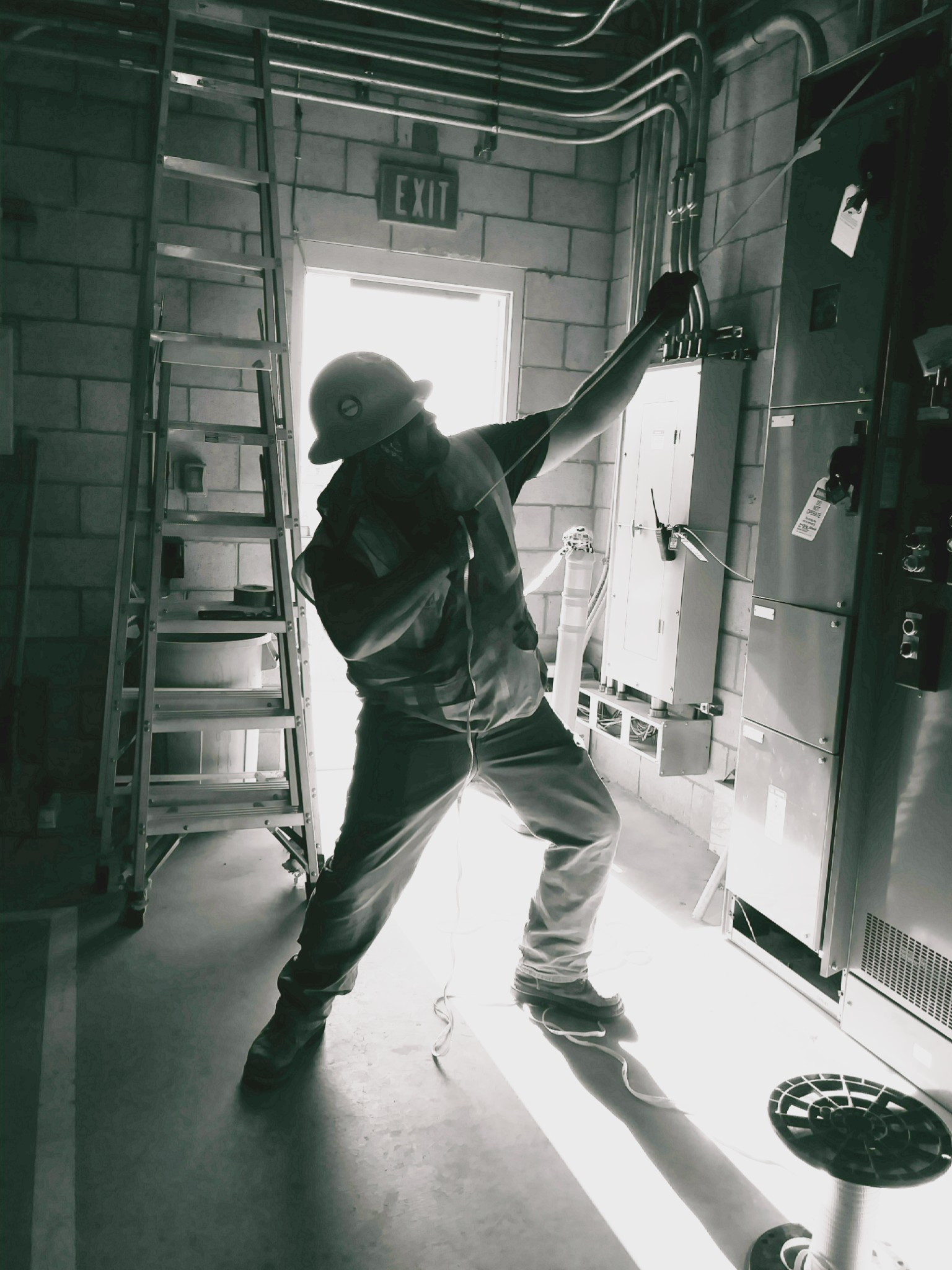Columbus, Ohio, Local 683’s membership is experiencing explosive growth from work at data centers, hospitals, battery plants, industrial solar, and other renewable projects. The building boom is making the city’s central Ohio construction local union one of the fastest-growing in the IBEW.
“We have a dramatic need for workers,” said business manager Pat Hook, citing the area’s access to affordable property and energy. “The area is growing, and it’s a great place to do business.”
What’s happening in Columbus is symbolic of America’s ongoing economic turnaround, with the Biden-Harris administration targeting the city as one of five “workforce hubs” where recently passed legislation like the CHIPS and Science Act, Inflation Reduction Act and Bipartisan Infrastructure Law are using private and public investments to create good paying union jobs.
“Columbus and these hubs will be invaluable models for others, and I can’t wait to shine a light on what’s possible when we come together with education and training,” First Lady Dr. Jill Biden said at an event in Columbus on July 12.
To prepare for the more than 10,000 skilled construction trades workers to meet the demand for new projects in the region, the Biden-Harris administration has challenged Columbus Local 683 to expand its registered apprenticeship program from 600 to 1,000 in the next four years.
“You can’t drive anywhere and not look up and see cranes in the air,” said Training Director Trent Parker. “That’s a telltale sign of what’s happening.”
With more than 2,200 current members, Local 683 has doubled in size over the past few years. They are recruiting new members from the nonunion sector and high schools, all drawn by the promise of a middle-class career in the trades and on the cusp of a historic building boom.
Parker said the writing has been on the wall for years: new utility-scale solar construction projects at nearby Ohio State University, energy storage projects, several data centers, and the Intel project which although located just outside their jurisdiction is expected to produce a residual need for additional members at Local 683. All of this work precipitated the need to scale up training.
“In the early 2000s, we used to average 200-250 apprentices total,” Parker said. “Our incoming first-year classes are increasing every year.”
Local 683 is increasing its ranks of inside electricians through organizing, career fairs and pre-apprenticeship programs. Parker said several two-year high school pre-apprenticeships use the IBEW/National Electrical Contractors Association curriculum, putting newly accepted apprentices well ahead in content and experience. “This year alone, 50 of our new apprentices came from those programs.”
The sheer number of new students has tested the logistical capacity of the local to accommodate the growing apprenticeship program, he said. This year for the first time, first-and second-year apprentices will attend classes during the day.
At the Fourth District progress meeting in July, Local 683 was recognized by International Vice President Gina Cooper for achieving the highest number of new members in the district. And Membership Development listed it as fourth in overall inside construction growth last year, with nearly 400 new members.
A few energy and semiconductor projects under construction and employing members of the IBEW in Central Ohio include:
- Columbus Local 683: Madison Fields Solar 180 MW
- Columbus Local 683: Fox Squirrel Solar 577 NW
- Columbus Local 683: AEUG Union Solar 325 MW
- Newark Local 1105: Intel project
- Newark Local 1105: Invenergy solar panel manufacture
On July 18, Dr. Jill Biden visited two other “workforce hubs”—Augusta, Ga. and Pittsburgh, Pa. —to highlight how the Biden-Harris Administration is delivering investments and jobs to communities nationwide. Baltimore, Md. and Phoenix, Ariz. are the other two cities with the “workforce hub” designation.

